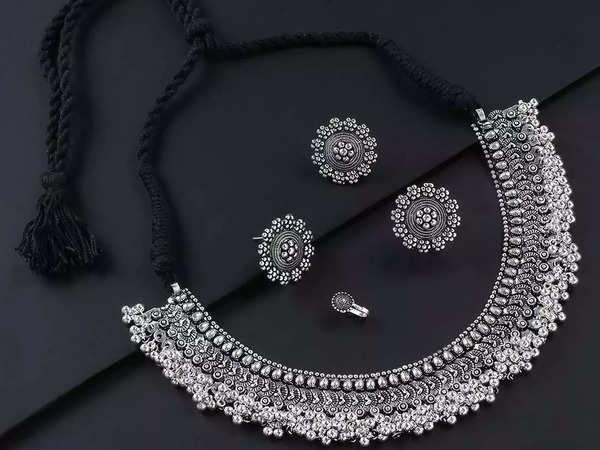Introduction: Jewelry has always held a special place in human civilization. From the dawn of time, it has been adorned and cherished, symbolizing power, status, love, and personal expression. The art of jewelry-making dates back thousands of years, evolving with cultures, materials, and techniques. Join us on a fascinating journey through history as we explore the captivating world of jewelry.
Ancient Times: In ancient civilizations, such as Egypt and Mesopotamia, jewelry history held profound religious and cultural significance. Worn by both men and women, it adorned the wealthy and noble, often featuring intricate designs and precious gemstones. These ornate pieces not only showcased their wearer’s wealth but were also believed to provide protection and prosperity in the afterlife.
The Classical Era: During the Classical era in Greece and Rome, jewelry became a symbol of power, wealth, and social status. Influenced by mythology and the natural world, designs featured intricate motifs of gods, goddesses, animals, and flowers. Gold, silver, and gemstones like pearls and emeralds were highly sought after, and techniques such as filigree and granulation were perfected.
Medieval and Renaissance Periods: In the Middle Ages, jewelry took on a more religious tone. The Church played a dominant role in society, and jewelry was used to adorn religious icons and relics. Intricately crafted crosses, rosaries, and crowns were created, often incorporating precious metals and gemstones. During the Renaissance, jewelry became more extravagant and artistic, inspired by the revival of classical motifs and the exploration of new territories.
Art Nouveau and Art Deco: The turn of the 20th century brought about a shift in jewelry design. The Art Nouveau movement embraced nature, featuring flowing lines, delicate enamelwork, and the use of unconventional materials like horn and glass. As the century progressed, the geometric and symmetrical designs of the Art Deco movement took hold. Jewelry became sleek, bold, and modern, influenced by the machine age and architectural styles.
Contemporary Trends: In recent decades, the world of jewelry has witnessed a myriad of styles and trends. From minimalistic and understated designs to extravagant statement pieces, there is something to suit every taste. The use of alternative materials, such as stainless steel and titanium, alongside traditional gold and silver, has expanded the possibilities for jewelry craftsmanship. Personalized and custom-made pieces have gained popularity, allowing individuals to express their unique style and story.
Conclusion: The history of jewelry is a testament to the enduring fascination humans have with adorning themselves. From ancient civilizations to contemporary trends, jewelry has evolved as a reflection of culture, beliefs, and personal expression. Whether worn as a symbol of love, status, or self-expression, each piece carries a story that connects us to our past and enhances our present. As we continue to navigate the ever-changing world of fashion and design, the allure of jewelry remains timeless, continuing to captivate and inspire generations to come.
